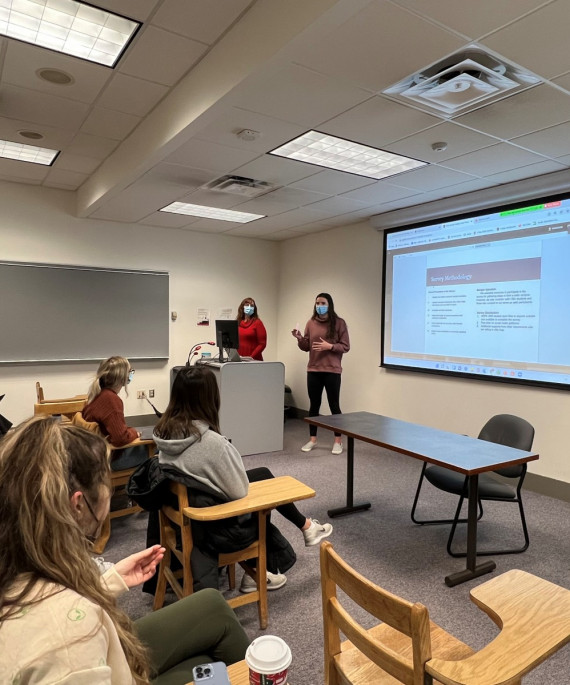What is cost sharing?
Cost sharing refers to when a source other than the sponsor funds part of a grant project.
- Some sponsors or specific opportunities require cost sharing.
- Others encourage it for submissions to be more competitive.
- Faculty or departments may offer cost sharing for part of a project if their budget exceeds the sponsor's limit and they have an additional funding source.
Cost sharing, either required or voluntary, is binding once a proposal is funded.
- Cost-shared funds must be treated the same way as sponsor funds.
- The commitment must be fulfilled and documented.
- Cost sharing represent actual costs and require official accounting by Ohio State’s Office of Sponsored Programs (OSP).
The college's general policy: avoid cost sharing unless required by the sponsor.
- All forms of cost sharing require prior approval by the college.
- It should be noted accurately in the proposal budget and cost-sharing sections (5.C and 5.D) of the ePA-005 (rf.osu.edu/secure/ePA-005/).
Types of cost sharing
- Mandatory: Required by the sponsor to be provided at proposal submission and is a binding condition of the award
- Voluntary: Any cost share offered or provided when there is no specific sponsor requirement
- Voluntary Committed: Cost share is offered in the proposal but not required. Upon award, this is made a condition of the award, essentially becoming “mandatory.”
Sources of cost sharing
- University resources including college/department funds, gift funds through Advancement; unrecovered Indirect costs or F&A
- Third-party contributions in the form of services (professional, technical or consultant), supplies, volunteer hours, or equipment
Best budget items to use for cost sharing
Some transactions are easier than others to track and account for. OSP will provide fiscal reporting to sponsors and will need to see that cost-sharing requirements have been met. The best items to use for cost sharing are:
- A percentage of salary and benefit costs associated with faculty and staff effort.
- Unrecovered F&A (if sponsor allows it).
- Graduate student tuition (if applicable).
- Large dollar equipment, supplies or services (the fewer transactions, the better).
- In general, faculty are encouraged to tread carefully when planning to include cost sharing in proposals. All faculty and staff involved in the pre- and post-award phases of the submission/project must be aware of the exact requirements and the mechanics of getting cost-sharing expenses posted to sponsored projects. The EHE Office of Research is happy to assist.
Contact Michael Moses or Ann Smith with any questions about cost share.




